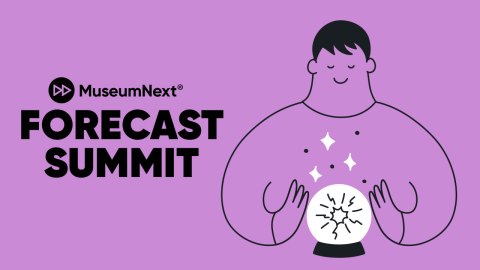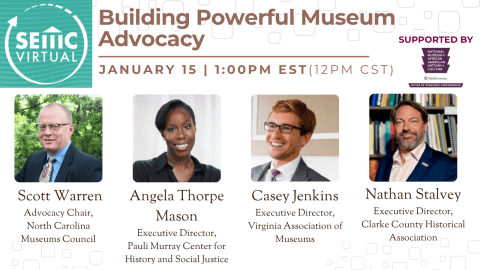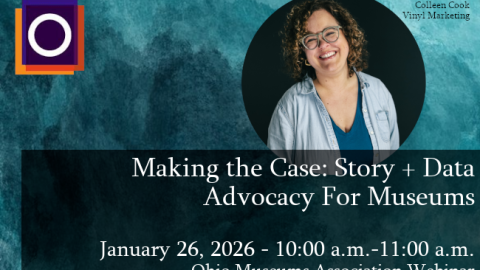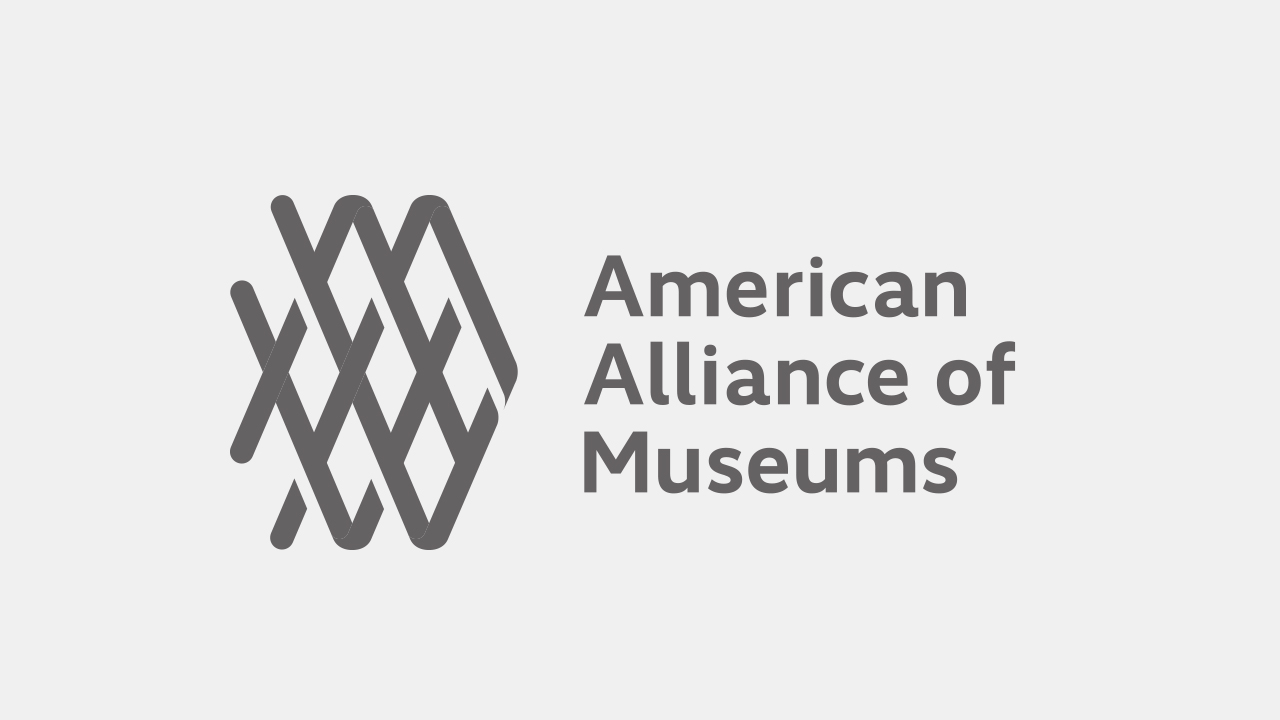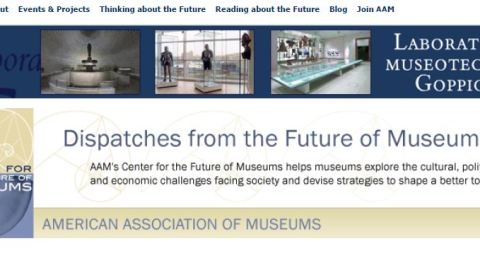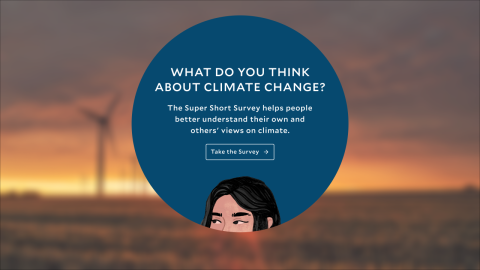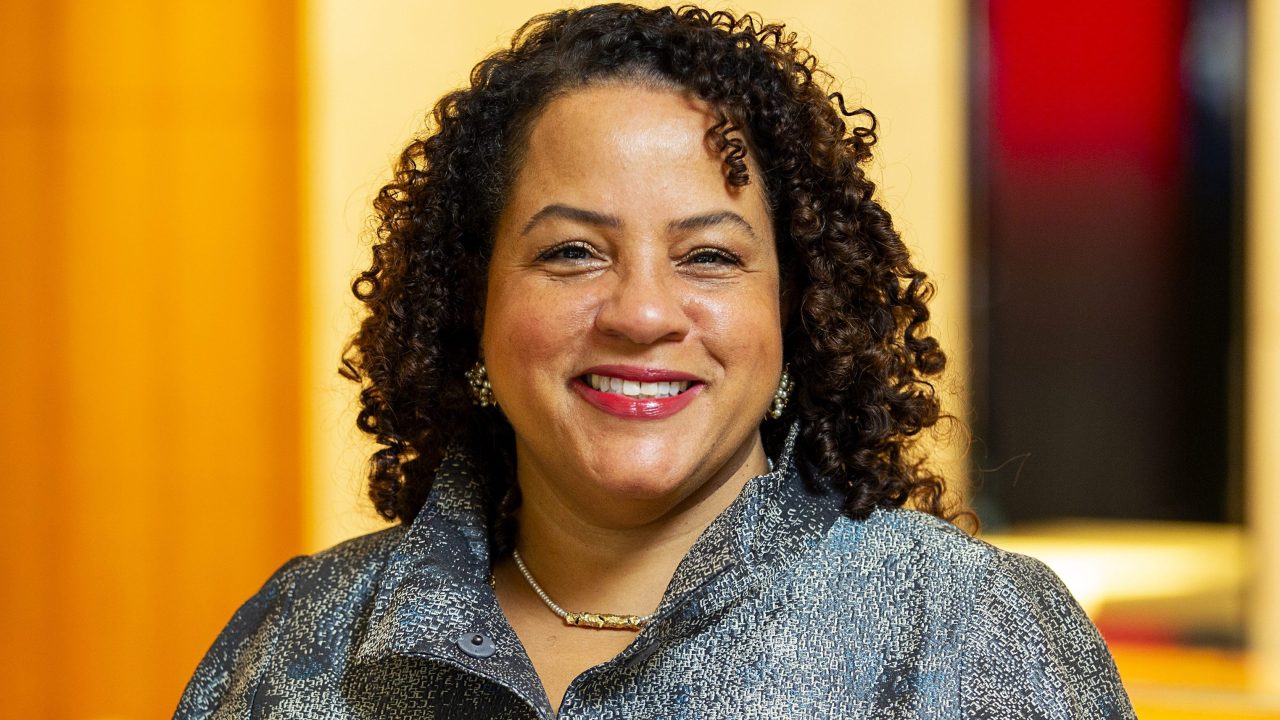
This article originally appeared in Museum magazine’s March/April 2025 issue, a benefit of AAM membership.
One of the first things you learn when you engage in accessibility work is the importance of humility. To succeed at meeting the needs of visitors and staff, across a spectrum of abilities, you must begin by admitting when you are not an expert. This means decentering your own experiences, opening your mind to others, and sharing your platform.
In that spirit, I want to use my space in this accessibility-focused issue to share the perspectives of people who are impacted by or have dedicated their careers to the work:
All my life museums have been a source of knowledge, delight, and profound frustration. … Dealing with museums as a blind person requires determination and persistence. It is an uphill struggle and the pain of disappointment is very real. Truly positive museum experiences are rare, but they are worth fighting for, and they are to be cherished.
— Survey respondent quoted by Cheryl Fogle-Hatch and Donald Winiecki in “Assessing Attitudes of Blind Adults about Museums,” 2020
Barriers to participation for people with disabilities are not inevitable—they exist by design, whether intentionally or unintentionally. And by allowing those barriers to persist and creating new ones, we exclude a huge number of people from full participation in our institutions and our society. … Museums can and must make a continuous and earnest commitment to learning about and embracing inclusive practices while seeking feedback and involvement from their communities.
— Danielle Linzer and Madison Zalopany, “Accessible Communications Guidelines,” 2021
Those working in accessibility hope there will come a time when it is no longer necessary to make its existence explicit. The goal is for accessibility to become automatic, universally present, and considered a given—as much as possible. Access has been compared to safety: Before entering a building we never stop to check if it is safe to do so. We simply assume our safety is guaranteed. For those who are unfamiliar with the subject, discovering accessibility and its potential often comes as an epiphany: They suddenly realize that audiences have a plethora of unrecognized needs, outright necessities that can sometimes be addressed through quite simple solutions.
—Maria Chiara Ciaccheri, Museum Accessibility by Design, 2022
The broad principle these quotes illuminate—that museums as public-serving institutions must work to serve all of the public—is as much a matter of practice as theory. Many museums get stuck in the gap between the two, worrying that a lack of resources or constraints on changing historical spaces might prevent them from prioritizing accessibility. But as the articles in this issue make clear, there are many dimensions to the practice, and therefore many ways to pursue it, both big and small. I hope this issue will serve not only as a reminder of the importance of accessibility but also as a source of momentum in making it a reality in your museum work.
1/28/2025

